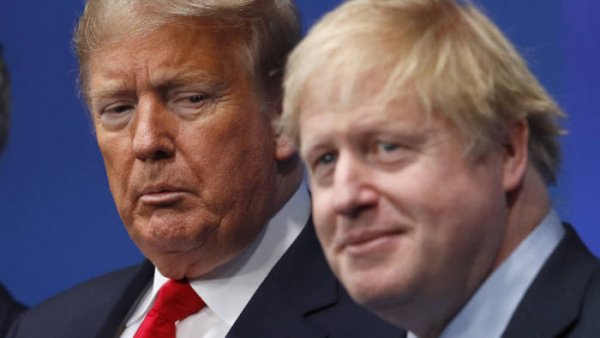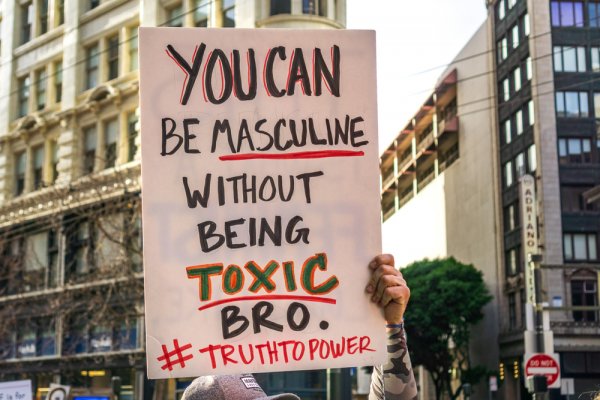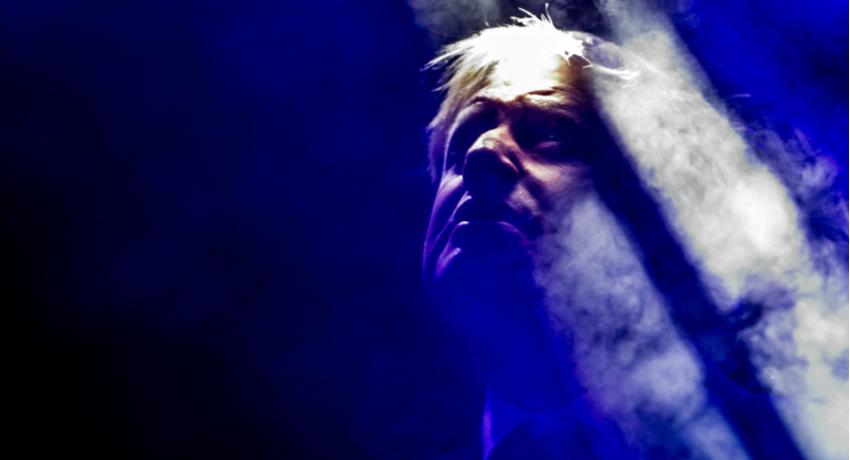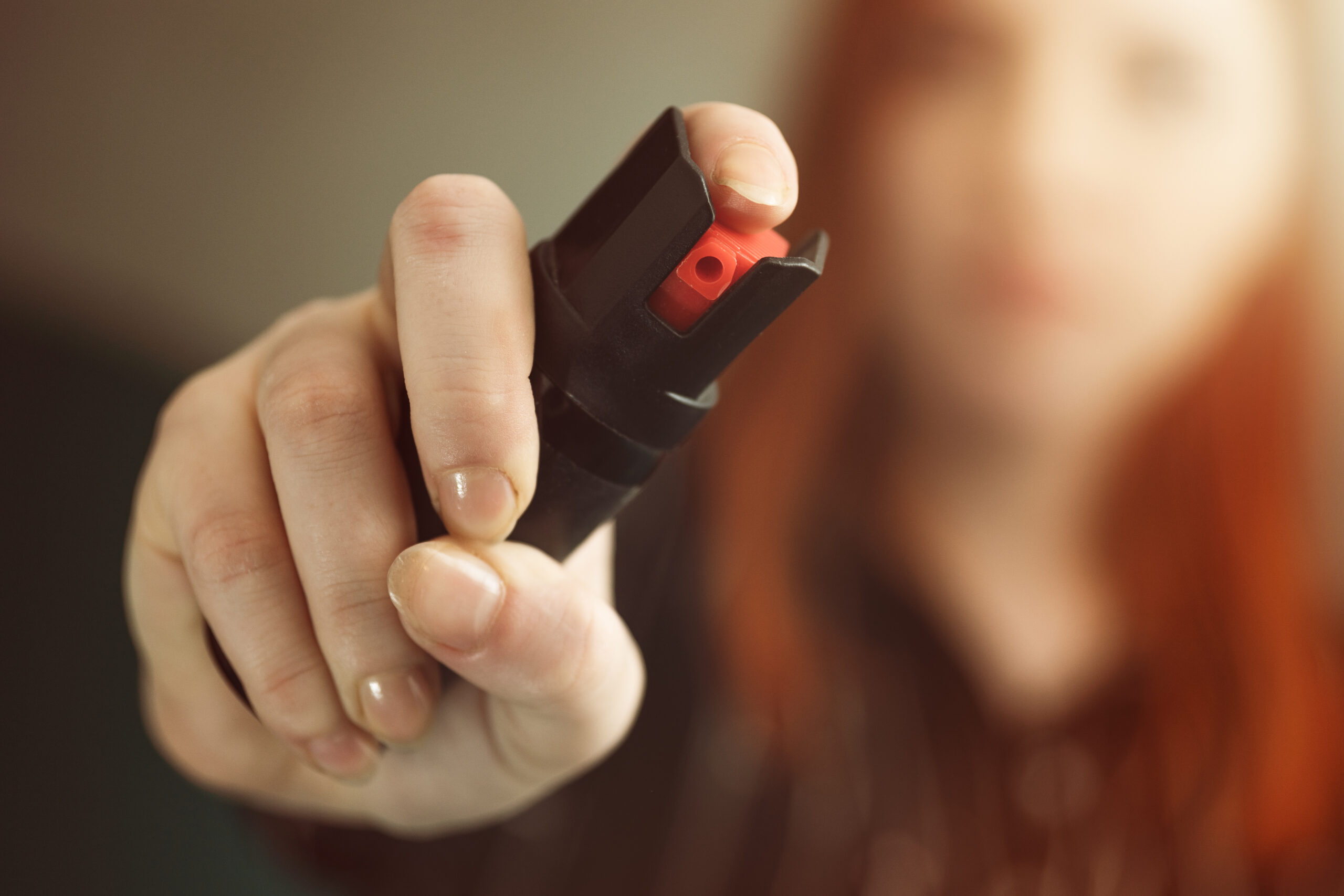When we eventually emerge, timid and blinking, into the post-COVID future, there’s one thing that’s certain – this is an opportunity to re-evaluate every aspect of how we live together on the planet.
A brutal lesson from hundreds of thousands of deaths globally is that our health – simply being alive and well – has been shown, beyond all doubt, to be the most important thing.
Internet search statistics have exploded by hundreds of percent around all things virus-related, with physical and mental health at the top of our collective agenda.
Just as we will rethink handshakes and hugging into historic quirks, we’ll be forced to examine the value we placed on empathy, compassion, relationships … and human life.
 The decisions leaders are taking right now are being watched by the world, the results of their actions and inactions measured in the daily body count.
The decisions leaders are taking right now are being watched by the world, the results of their actions and inactions measured in the daily body count.
As we rethink how we want to live, one standout issue to attack is the role of the “performance of masculinity” played in pitiful, dangerous and failed responses to the pandemic around the world.
With the #MeToo movement and a deepening understanding that “being a man” drives domestic violence and male suicide, a searing spotlight will focus on what it means to be a man like never before.
Earlier this month, US President Donald Trump visited a factory in Arizona that manufactures face masks, but refused to wear one as he walked among the workers. He said it would, “send the wrong message” of weakness, as though his very manly toughness can win in a war on the virus, despite being an overweight, unfit 73-year-old with balance problems and an internet-diagnosed drug addiction.
In Brazil, far-right president Jair Bolsonaro, 65, said his “past as an athlete” would protect him if he contracted the virus, like he had a “little cold”. He has labelled the pandemic “momentary” and “minor” and refuses strong measures to contain it.

Like Trump, he labelled the virus a hoax and fake news, early on. Like Trump, he is dismissive of science, instead believing his own theories that a cocktail of drugs, Brazil’s tropical climate and herd immunity will beat the virus. Trump infamously suggested the use of “light in the body” and bleach.
British Prime Minister Boris Johnson bragged of how proud he was to shake the hands of COVID-19 patients before being struck down by the virus himself and has been accused of fuelling Britain’s leading death numbers (the highest in Europe) with bumbling indecision.
Meanwhile, in New Zealand, female Prime Minister, Jacinda Adhern is giving the world’s governments a masterclass in how authority and leadership are enhanced by empathy, compassion and authentic communication.
So, what can men do to become part of a solution and help create a modern model for masculinity?
So, what can men do to become part of a solution and help create a modern model for masculinity? What role can we take in a battle women have been fighting for hundreds of years, now we’re finally, grudgingly, admitting there’s a problem?
If we want to or not, we’re going to be forced to re-examine what it means to be a man as change comes rushing towards us.
It starts, of course, with ourselves. It’s all very well to say that yes, we understand the feminist battle, that we see a sea of blue patriarchy around us and that too many men are raping and murdering women and it has to change. That’s kind of obvious.
Women are, rightly, suspicious of “pro-feminist men” because, in their experience, the walk often does not equal the talk.
 The act of “being a man” has played a potent role in my life and continues to do so. It is a powerful, pervasive, persuasive idea imposed on us since birth, and it’s incredibly difficult to shake. I’m a speaker, writer and author of a book on positive masculinity, yet I can’t for the life of me stop “masculinising” my partner’s baby nephew and godson, Vinnie. He’s massive for his age, super-alert and developed. At four months, he stands ramrod straight balancing holding just one adult finger. “Who’s a big strong boy! Mate, what muscles!” I’ll hear myself say.
The act of “being a man” has played a potent role in my life and continues to do so. It is a powerful, pervasive, persuasive idea imposed on us since birth, and it’s incredibly difficult to shake. I’m a speaker, writer and author of a book on positive masculinity, yet I can’t for the life of me stop “masculinising” my partner’s baby nephew and godson, Vinnie. He’s massive for his age, super-alert and developed. At four months, he stands ramrod straight balancing holding just one adult finger. “Who’s a big strong boy! Mate, what muscles!” I’ll hear myself say.
I actually told a baby he might play “front row” for Australia. I doubt very much I’d have said the same thing to a baby girl. What’s wrong with me?
I have to acknowledge the strong and ongoing role the learned performance of masculinity has in my life, in my attitudes to women, my partner and my daughter, my expectations of myself.
If I’m honest, I have to acknowledge the strong and ongoing role the learned performance of masculinity has in my life, in my attitudes to women, my partner and my daughter, my expectations of myself.
Before we can begin to make change in the world around us, we need to make a healing change in ourselves. Truly knowing we have been damaged by a lifetime of “manliness” that has nothing to do with being born male, to show vulnerability and “anti-male” weakness, to be truly exposed and unprotected as our true selves, is the start of self-awareness and transformation.
There’s a real danger the warm feeling from the “good-guy” praise men get, when they’re openly supportive and understanding of the fight for gender equality – professionally or at a barbecue – can replace the required and real change of deeply held attitudes.
Ironically, being seen as a feminist man can reinforce our self-importance as a male “saviour” and “fixer”. This is something all men working in, and commentating on, the field of gender must acknowledge. There’s no doubt I have experienced the tingle of congratulations for writing things … just like this. We’re all human.
We men need to look at our motivations for our professed “pro-feminism” – is it because we really want change or are just smart enough to know feminist brownie points are the good ones?
 Somewhat ironically, we must also be brave enough to be the men who step up and intervene – say something – at the sexist behaviour, words and jokes of other men. All men have many moments in their lives when they have seen or heard shameful words and actions from other men, but said or did nothing. The threat of being ostracised as a weak, girly, gay, unmanly pussy (all the good policing words) is just too much.
Somewhat ironically, we must also be brave enough to be the men who step up and intervene – say something – at the sexist behaviour, words and jokes of other men. All men have many moments in their lives when they have seen or heard shameful words and actions from other men, but said or did nothing. The threat of being ostracised as a weak, girly, gay, unmanly pussy (all the good policing words) is just too much.
To be able to speak up when there’s no women listening, you really need to understand and believe, deep down, there’s something wrong with the way things are. If you can, then you are making change in a meaningful way.
The act of masculinity has, for too long, damaged the lives of men and those we love. Within this moment there’s a forced opportunity – and responsibility – to reshape how we live.
Men are going to be expected to be better men. Our idea of masculinity, clearly, has to change. That change can only be started by men, in men. The time has come.




